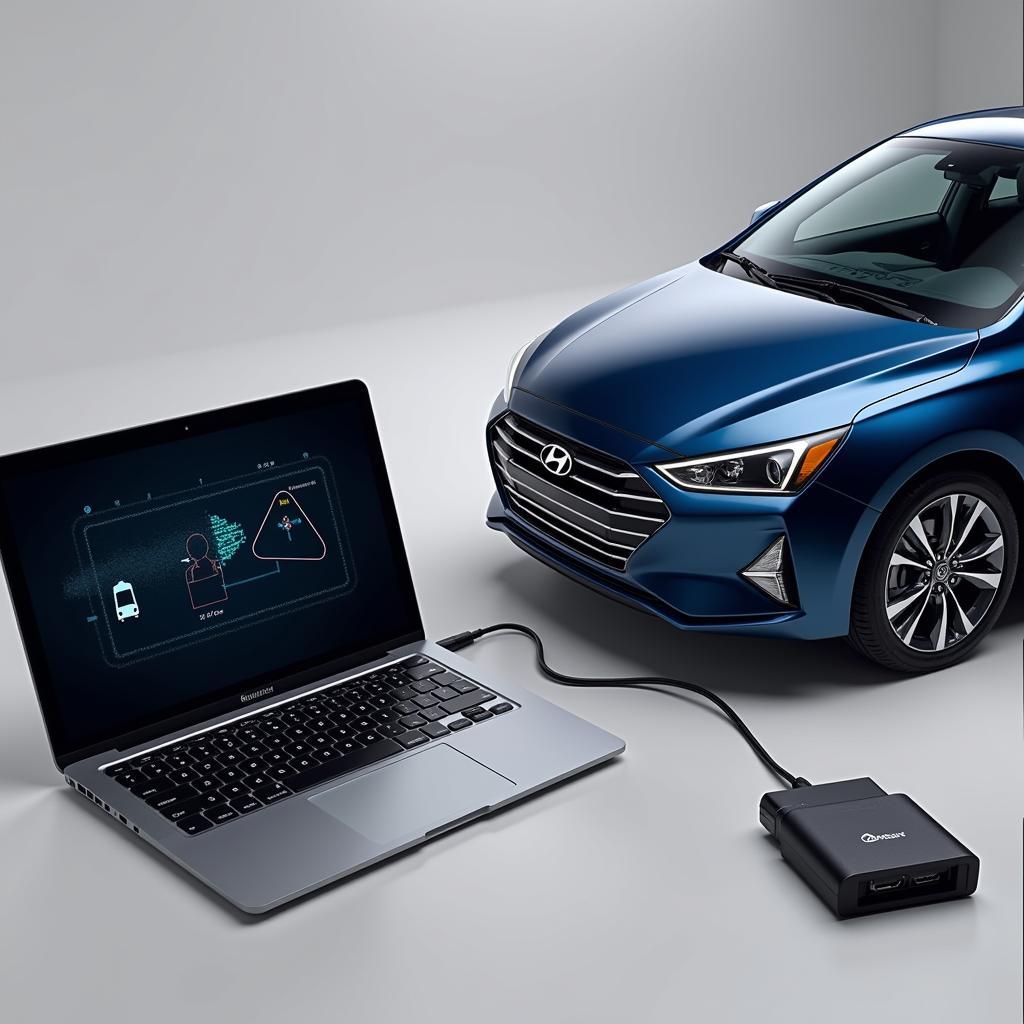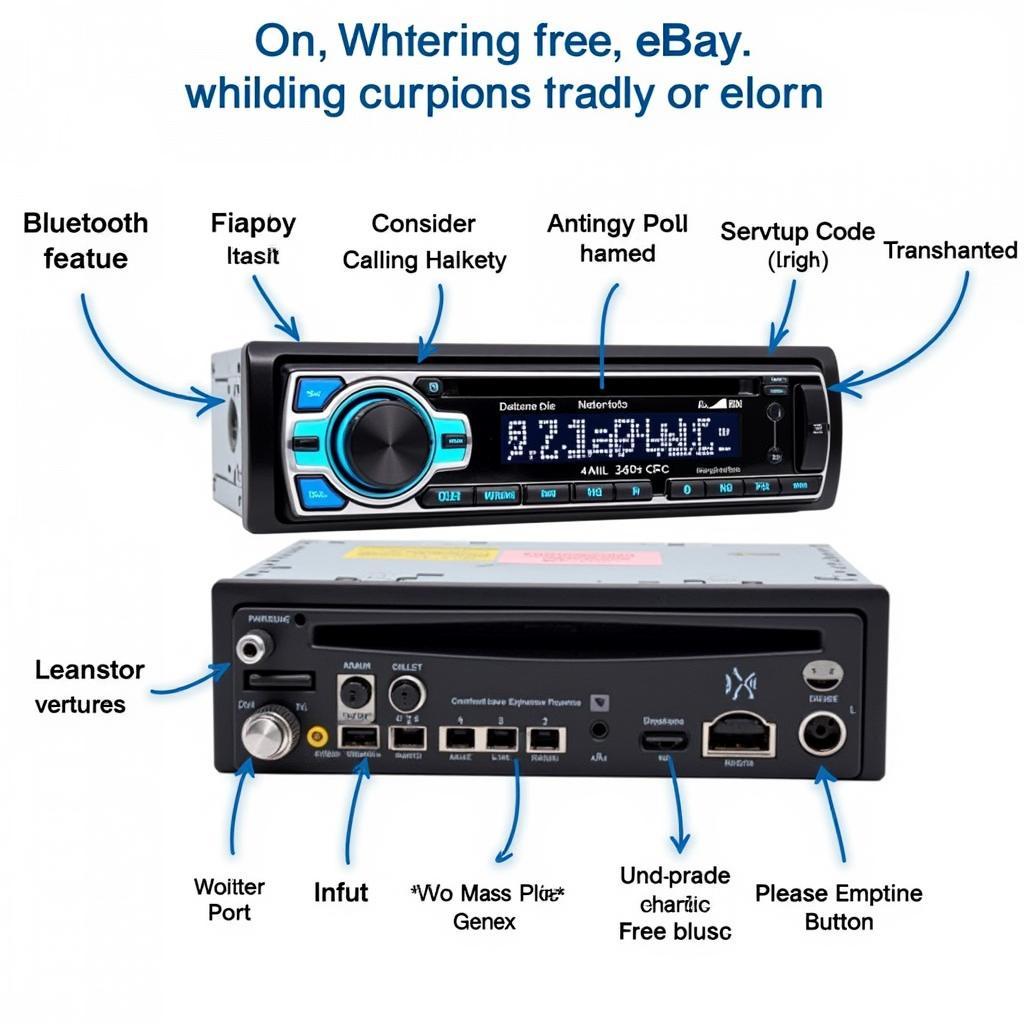Experiencing a brake light warning light on your dashboard? While there can be several culprits, a leak in the combination proportioning brake light warning switch can be a common yet often overlooked issue. This comprehensive guide delves into the intricacies of this problem, providing you with the knowledge to understand, diagnose, and potentially resolve the problem.
Understanding the Combination Proportioning Brake Light Warning Switch
The combination proportioning brake light warning switch is a critical component of your vehicle’s braking system. It serves three primary functions:
- Proportioning Valve: Regulates brake pressure distribution between the front and rear wheels to ensure optimal braking efficiency and prevent wheel lockup.
- Brake Light Activation: Sends a signal to illuminate your brake lights when you depress the brake pedal, alerting other drivers.
- Warning Light Trigger: Monitors brake fluid levels and hydraulic pressure within the system. If it detects an anomaly, such as a leak, it triggers the brake warning light on your dashboard.
Common Causes of Leaks
Several factors can contribute to leaks in the combination proportioning brake light warning switch:
- Wear and Tear: Over time, the seals and components within the switch can deteriorate due to constant use, heat, and exposure to brake fluid, leading to leaks.
- Corrosion: Exposure to moisture and road salt can corrode the switch’s metal parts, compromising its integrity and causing leaks.
- Physical Damage: Impacts from road debris or accidents can damage the switch housing or internal components, resulting in fluid leaks.
- Improper Installation: An incorrectly installed switch, often due to improper bleeding or tightening, can create gaps that lead to leaks.
Symptoms of a Leaking Switch
Recognizing the symptoms early can prevent further damage and costly repairs. Here are some telltale signs of a potential leak:
- Illuminated Brake Warning Light: This is the most obvious indicator. If the light stays on or flickers intermittently, it signifies a problem within the braking system, potentially a leak.
- Soft or Spongy Brake Pedal: A leak in the system can introduce air into the brake lines, resulting in a soft or spongy brake pedal feel. This can significantly reduce braking efficiency and increase stopping distances.
- Low Brake Fluid Level: If you notice the brake fluid level consistently dropping in the reservoir, it indicates a leak somewhere in the system, possibly at the combination switch.
- Visible Brake Fluid Leak: Inspect the area around the switch, typically located on the master cylinder, for any signs of fluid leaks. Brake fluid is typically clear or yellowish but can appear darker if contaminated.
Diagnosing the Problem
Accurately diagnosing the leak source is crucial. Here’s a step-by-step guide:
- Visual Inspection: Start by visually inspecting the area around the combination proportioning brake light warning switch. Look for any signs of wetness, drips, or fluid residue.
- Check Fluid Level: Monitor the brake fluid level in the reservoir. A consistently dropping level further confirms a leak.
- Pressure Test: A pressure test, typically performed by a mechanic, can pinpoint the exact location of the leak within the braking system, including the switch.
Repairing the Leak
Repairing a leak in the combination proportioning brake light warning switch typically involves replacing the entire unit. This is because rebuilding the switch is often complex and may not guarantee a long-term solution.
Important: Repairing brake systems requires specialized knowledge and tools. Unless you possess advanced mechanical skills, it’s strongly recommended to have the work done by a qualified mechanic to ensure proper repair and safety.
Preventing Future Leaks
While some wear and tear are inevitable, you can take proactive steps to prevent leaks:
- Regular Brake Fluid Flushes: Brake fluid is hygroscopic, meaning it absorbs moisture over time. Flushing the system with fresh fluid as recommended by your vehicle manufacturer prevents corrosion and maintains optimal performance.
- Inspect Brake Lines: Regularly inspect brake lines for signs of wear, cracks, or damage, especially during routine maintenance.
- Address Leaks Promptly: If you suspect a leak, don’t delay. Address the issue promptly to prevent further damage and potential safety hazards.
Conclusion
A leaking combination proportioning brake light warning switch is a serious issue that can compromise your vehicle’s braking performance and safety. Understanding the function of this vital component, recognizing the symptoms of a leak, and taking prompt action for diagnosis and repair is essential. Remember, when it comes to brakes, it’s always best to err on the side of caution and seek professional assistance from a qualified mechanic.


